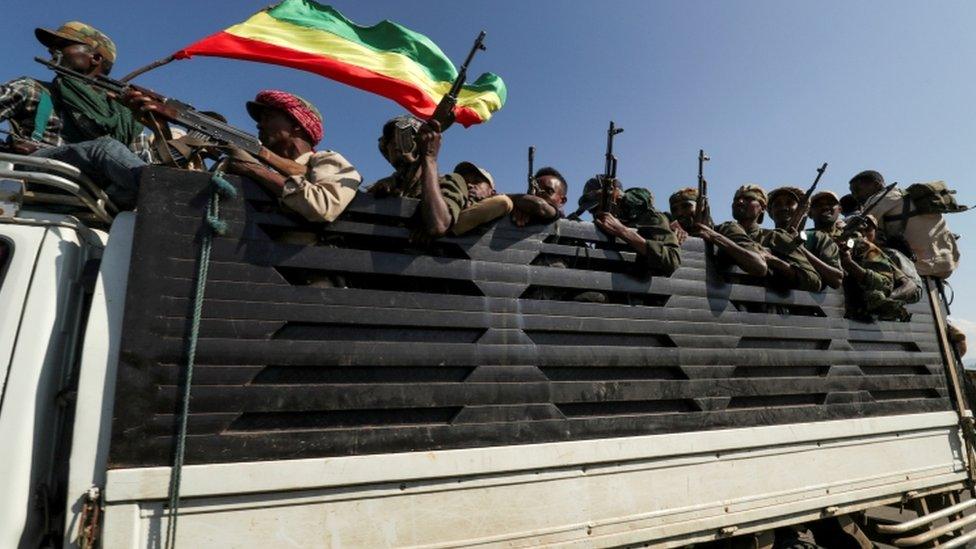Eritrean troops murdered my uncle - WHO head Tedros
- Published
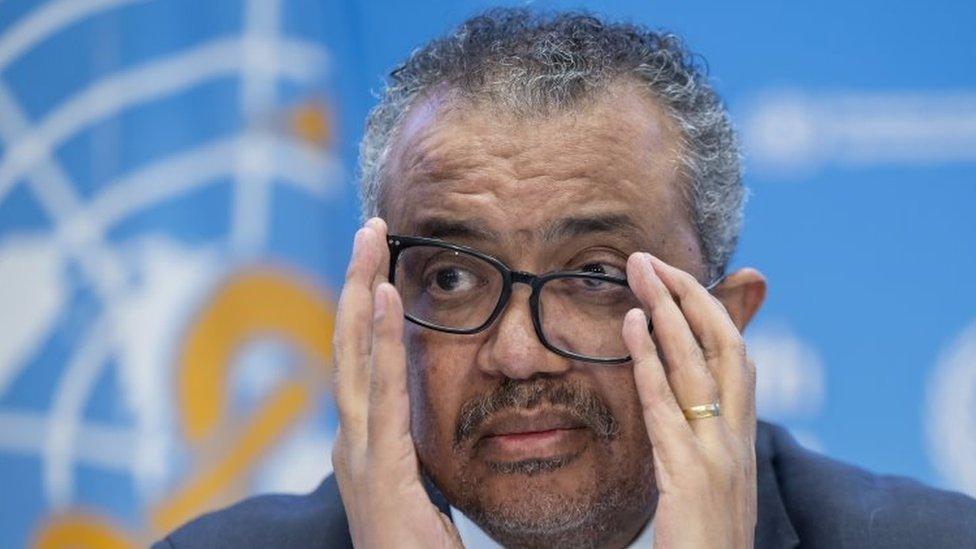
Dr Tedros still looked visibly shaken at Wednesday's briefing in the Swiss city of Geneva
The head of the UN's public health body has accused Eritrean troops of killing his uncle in Ethiopia's war-torn Tigray region.
Dr Tedros Adhanom Ghebreyesus, of the World Health Organization, said he was told more than 50 other people were arbitrarily killed in the same village.
"I was not in good shape," admitted the still visibly shaken Ethiopian, whose family hails from Tigray.
Eritrea has so far made no public comments on the accusation.
Speaking at Wednesday's WHO briefing in Geneva on the latest Covid-19 issues, Dr Tedros said: "On Saturday, I was informed that my uncle was murdered by the Eritrean army.
"I spoke to my mother, and she was really devastated because he was the youngest from their family. And he was almost the same age [as me]," said the 57-year-old WHO director general. He provided no details about the timing of the alleged attack or the location of the village.
Dr Tedros also expressed hopes that a ceasefire agreement signed in November between the Ethiopian government and the Tigray People's Liberation Front (TPLF) "will hold and this madness will stop".
But Eritrean troops and forces from Ethiopia's neighbouring Amhara region were not party to the deal.
The conflict in Tigray erupted in late 2020 when Ethiopian Prime Minister Abiy Ahmed ordered a military offensive against local forces in the country's northern region.
He said he did so in response to an attack on a military base housing government troops.
The escalation came after months of feuding between Mr Abiy's government and leaders of Tigray's dominant political party.
The fighting devastated the populous country in the Horn of Africa, leaving thousands of people dead with 350,000 others living in famine conditions.


- Published14 December 2022
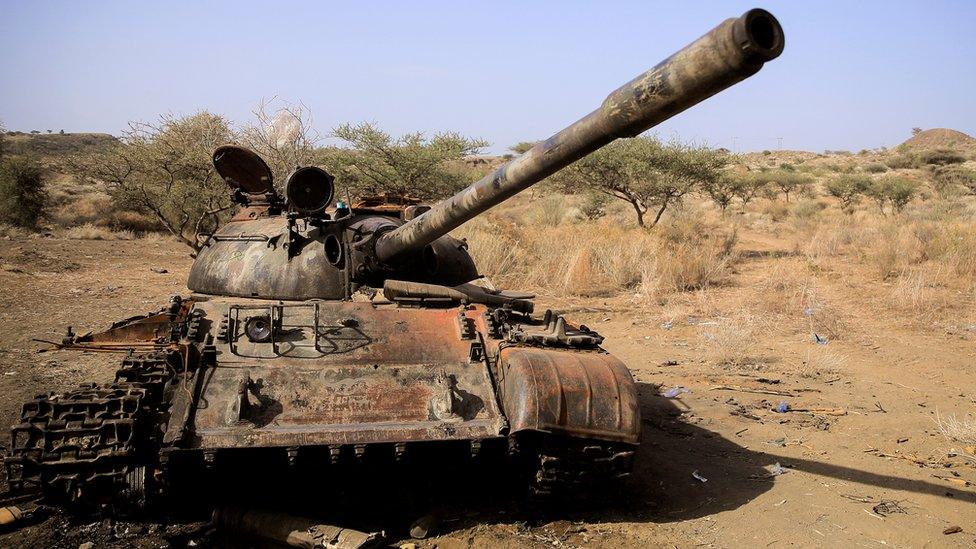
- Published3 November 2022
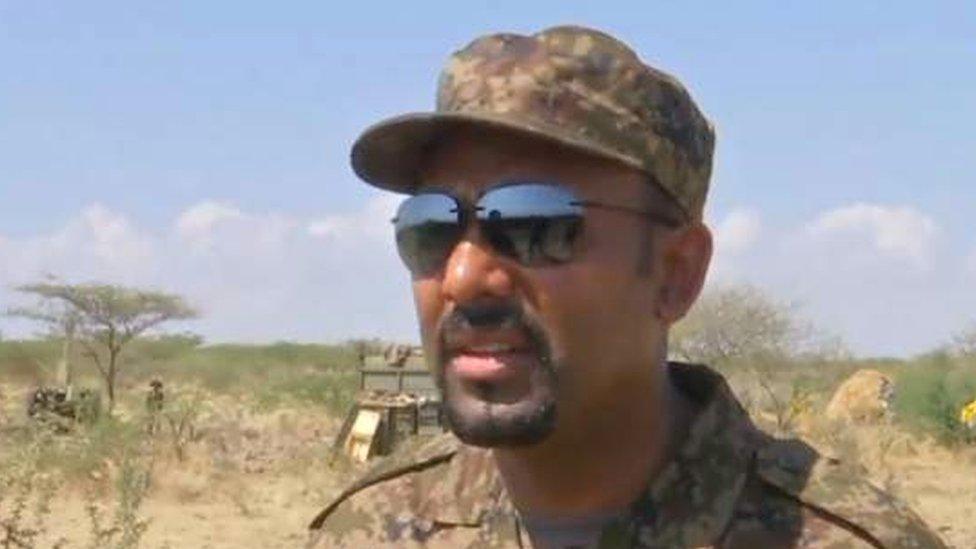
- Published11 October 2021
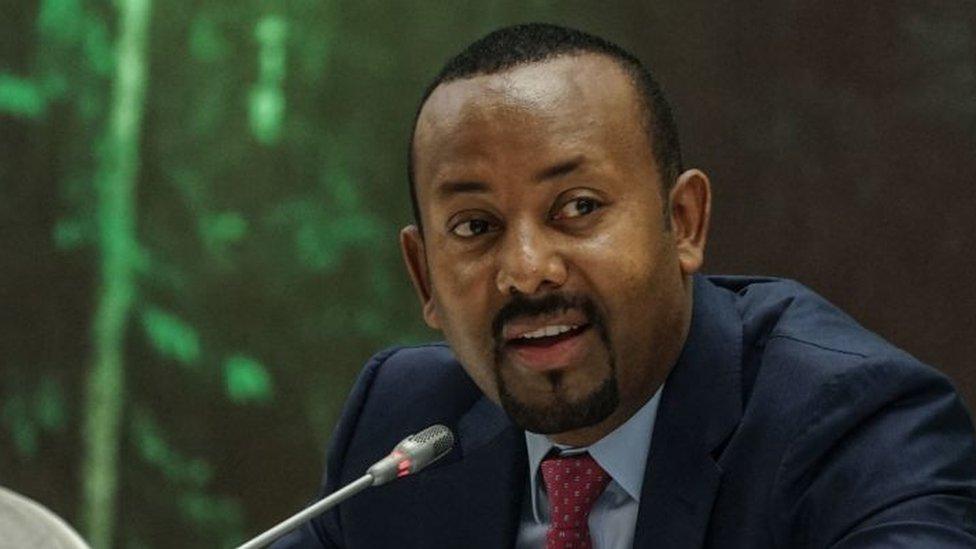
- Published29 June 2021
